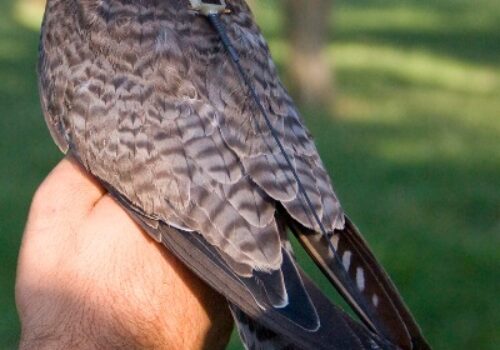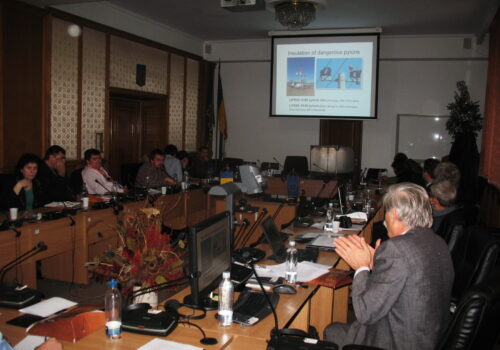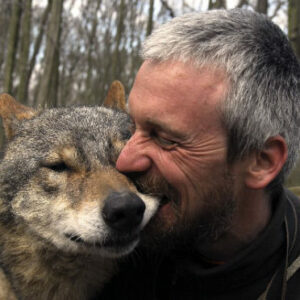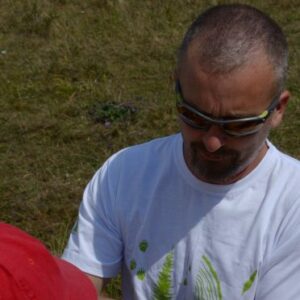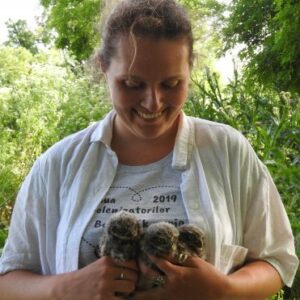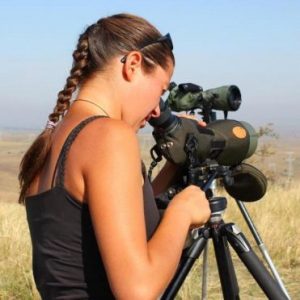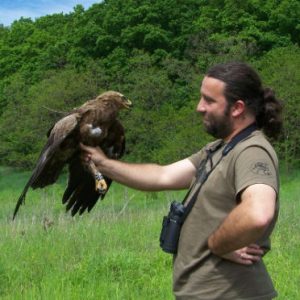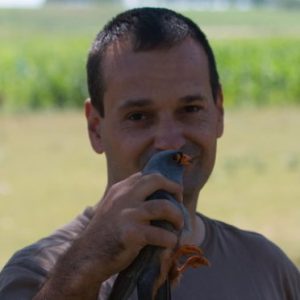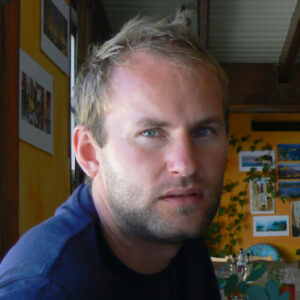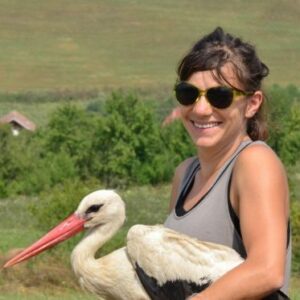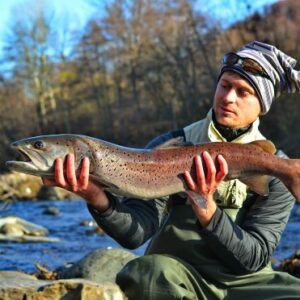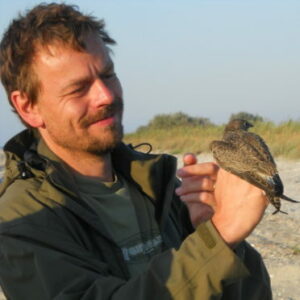Satellite-tracking has revealed a long-suspected genetic relationship between the Central European and Eastern European Saker Falcon population. The finding gives new perspectives for the conservation of the species.
Thea, a female Saker Falcon, hatched in West Romania in 2012. She was one of the chicks of a new pair of Sakers discovered that year in the area where the borders of Romania, Serbia and Hungary meet.
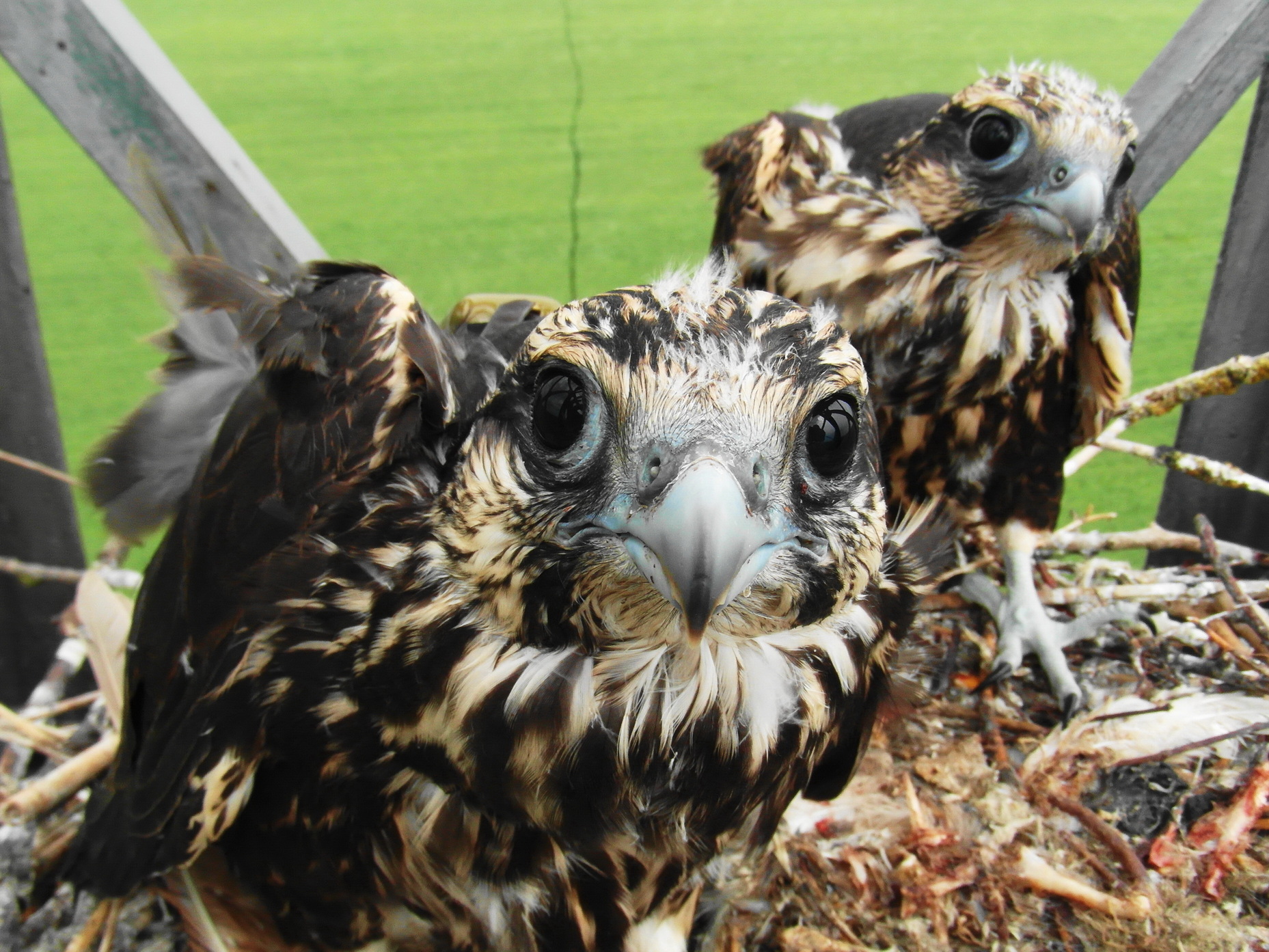
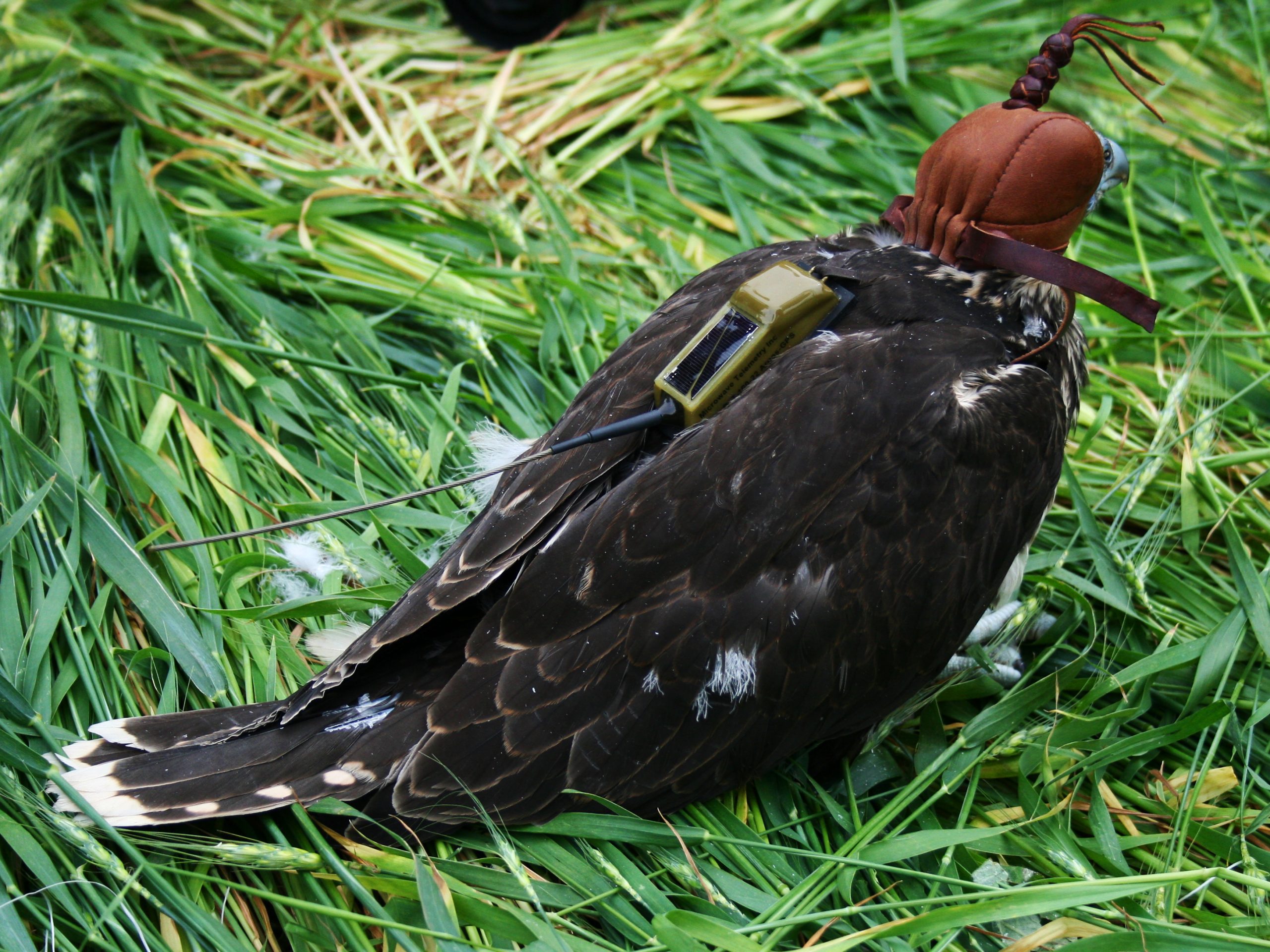
A group of fledging conservation experts from Milvus Group (Romania), Bükk National Park Directorate (Hungary) and MME/BirdLife Hungary, with an active support from Transelectrica Romania, mounted a satellite-received transmitter on Thea’s back, in order to follow her routes and gather information for conservation purposes. The action was part of the second Saker Falcon conservation LIFE-Nature (LIFE09 NAT/H/000384) project (see: www.sakerlife.mme.hu). This project is directed by Bükk National Park Directorate and involves conservation organisations from Hungary, Slovakia, Romania and Bulgaria
Thea did not stay long around the nest; a month after fledging she was already in the steppes of Eastern Europe. She spent the summer in Russia, in a mosaic of natural steppes and agricultural land between the Black Sea and the Caspian Sea. In the autumn, she migrated about 800 km southwest to spend the winter in the Crimea. So far in Spring, satellite-tracking device indicates that she has not strayed far. In mid-March the locations of the bird started to focus on one specific spot, but data suggested that her settling was not due to difficulties. Finally, Yuri Milobog (Ukrainian Birds of Prey Research Centre) surveyed the area and confirmed that Thea had three eggs in the nest.

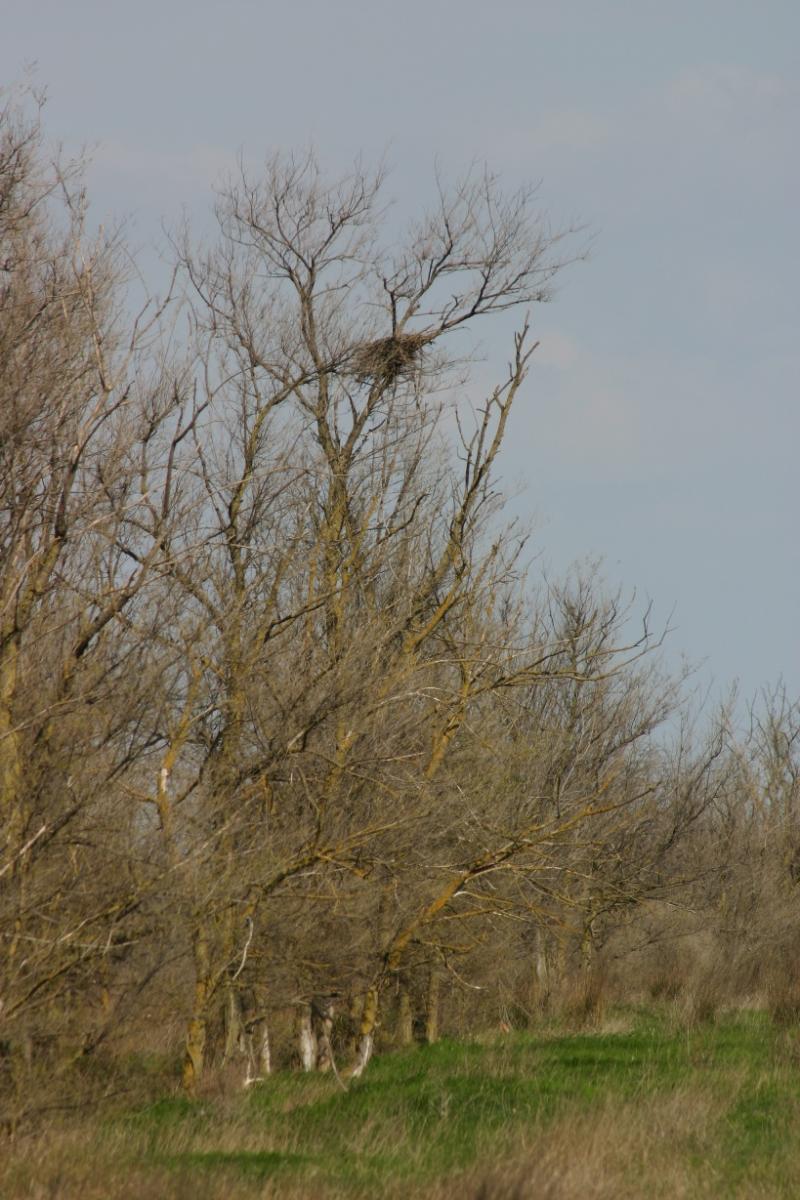
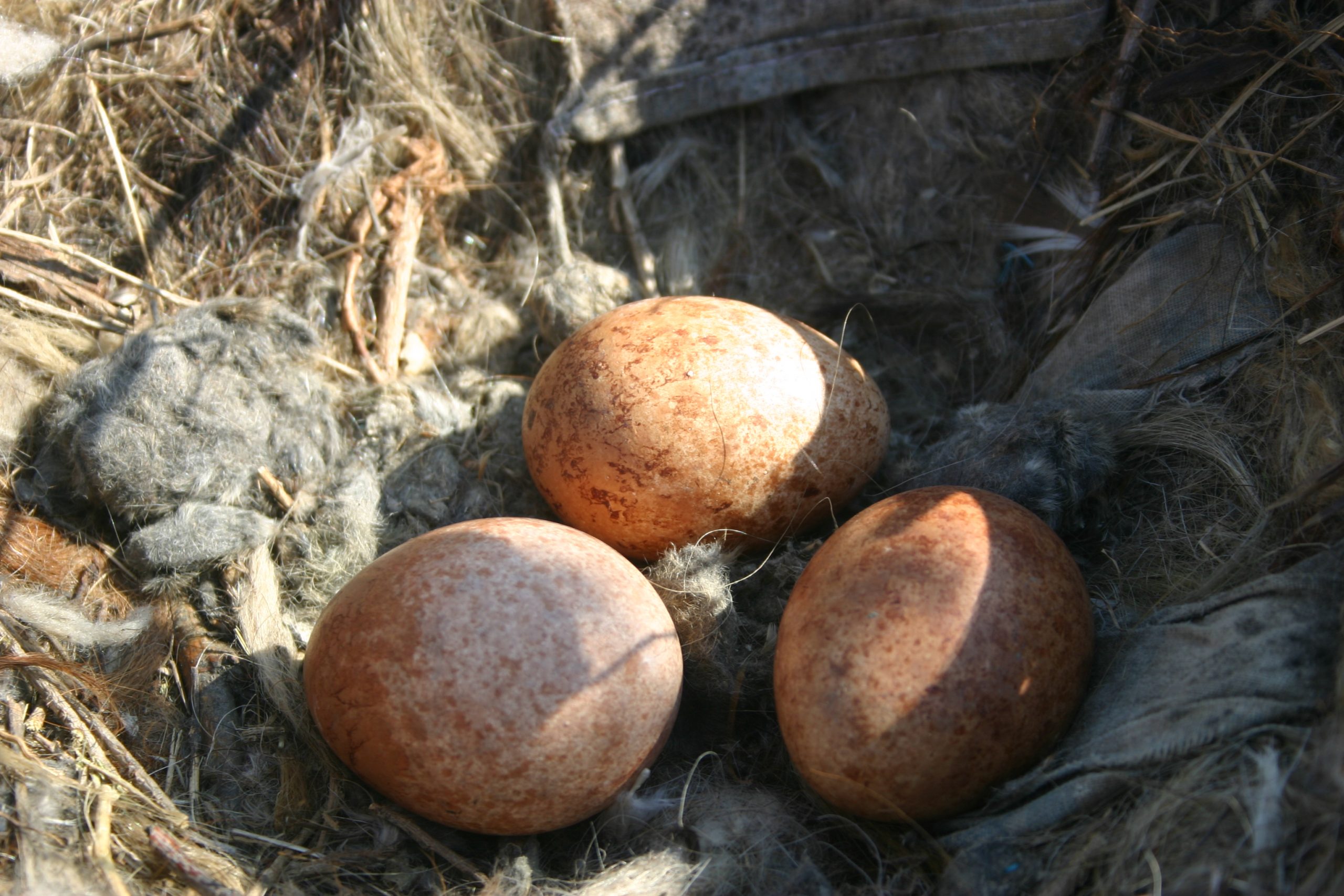
This is the first record that a Saker Falcon may start to breed in a disjunct population, 1200 km away from the fledging site. (Sakers and birds of prey in general tend to choose a territory in the region of fledging to nest.) In spite of ringing more than 2500 Saker Falcons and satellite tracking a few dozens of them in Central Europe, in the last decades, there has been no record of such an incident, even though ring recoveries and tracking revealed that Central European immature birds regularly visit the Eastern European steppes.
The case of Thea gives hope that strengthening certain populations may have a positive impact on populations in worse condition. To achieve real, lasting success, however, threats in all areas need to be eliminated or decreased significantly.

